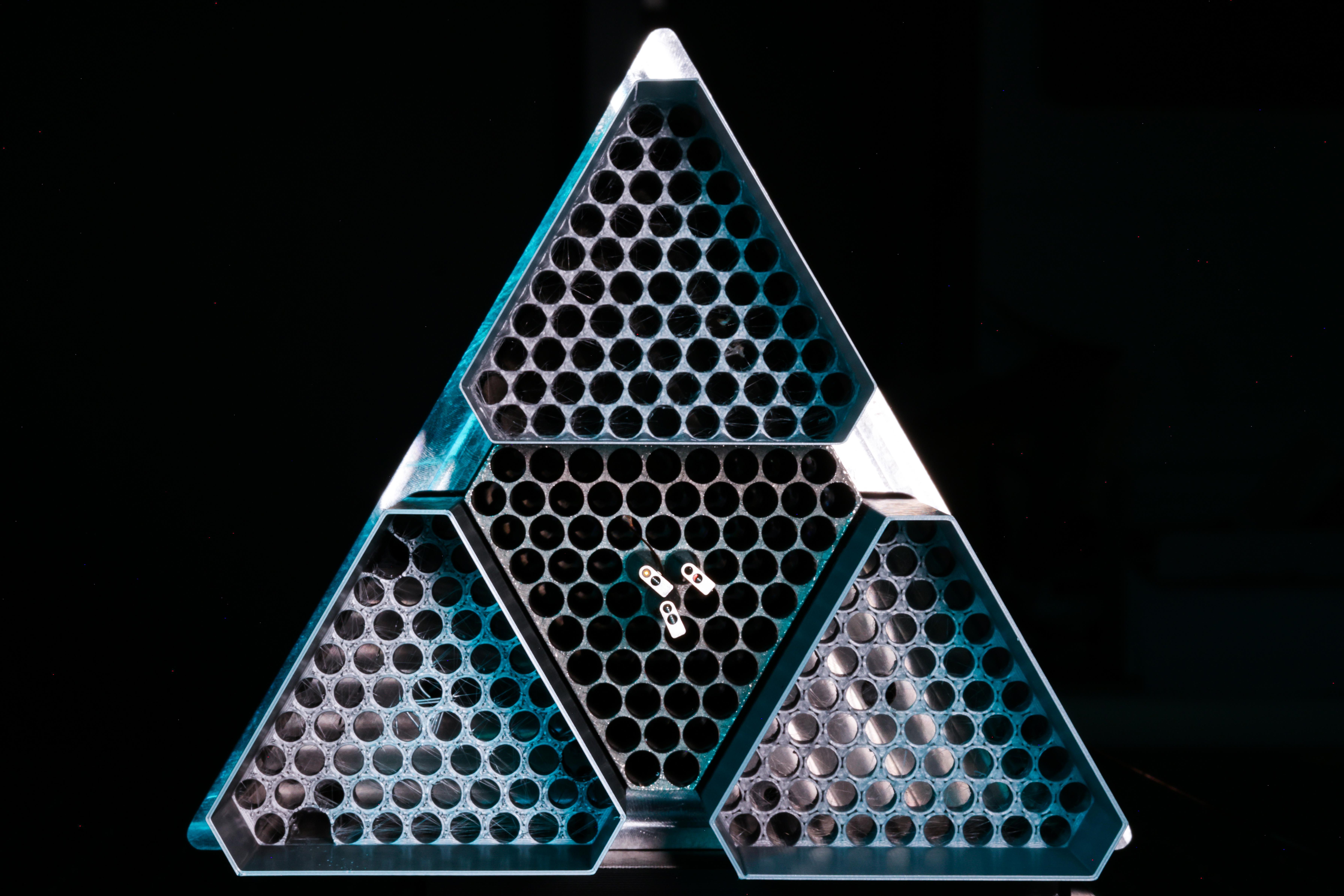EPFL officially joined the Multi Spectroscopic Telescope (MUST) project, led by China’s Tsinghua University, as a founding member. This flagship project will enable scientists to better understand the young universe, dark energy and dark matter.
Approximatively 13.8 billion years ago the Universe began with what we call the Big Bang. It expanded explosively, faster than the speed of light. Even though gravity immediately slowed this process down, physicists discovered more than 100 years ago that the Universe continues to expand. More recently, they found out that a mysterious form of energy – called dark energy – began speeding up its expansion again about 6 billion years ago. It’s a phenomenon still going on today and that holds a lot of unanswered questions.
The MUlti Spectroscopic Telescope (MUST) project, led by Tsinghua University’s Department of Astronomy, is set to become a landmark in cosmological research and give insights of the young universe with unprecedented detail. For the first time, scientists will be able to trace the filamentary structure of the Universe in its first 3-billion years, using a detailed map made of tens of millions of measurements.
Today, Martin Vetterli, President of EPFL, and Li Luming, President of Tsinghua University, signed a research collaboration agreement in Beijing, officially establishing EPFL as a member of the project. “With a 10 to 20-fold increase in survey capacity over current spectroscopic surveys, MUST will map the universe more comprehensively and at greater distances than ever before, deepening our knowledge of dark energy and dark matter,” explained Professor Jean-Paul Kneib, head of the Laboratory of Astrophysics (LASTRO) and the EPFL lead in this project. “This is very important because dark energy and dark matter account respectively for 70% and 26% of the content of the Universe and are critical elements influencing its expansion and structure,” he continued.

Martin Vetterli, President of EPFL, Li Luming, President of Tsinghua University, Jean-Paul Kneib, head of EPFL's Laboratory of Astrophysics (LASTRO) and Zheng Cai, Associate Professor at the Tsinghua High-z Team © DRA touch of EPFL’s expertise in the MUST telescope
EPFL will contribute significantly to the 6.5-meter telescope with state-of-the-art high precision technology. Scientists in the Astrobots group will design modular fibre positioner robotic system, involving novel mechanical assembly, electronics, control, calibration, and testing.
With the initial research undertaken in the past years, supported by Innosuisse and in partnership with the companies MPS Micro Precisions Systems from Switzerland and Orbray from Japan, EPFL has developed a strong expertise in fiber positioned robots for massive spectroscopic surveys and their miniaturization. The robots that will be developed for MUST will allow the project to conduct the extremely high-density galaxy mapping of the Universe.

Zoomed view of the optical fibers location (illuminated fiber on top) – where skylight enters the optical fibers to be guided to the spectrographs for analysis. Photo: 2024 Alain Herzog / EPFL - CC-BY-SA 4.0
Analysis and outlook
Through MUST, EPFL will also have access to a next generation spectroscopic survey with the ability to uncover hundreds of millions of distant galaxies and is committed to developing theoretical models that will play a pivotal role in the analysis of the vast amount of data expected.
The project’s open-source philosophy ensures broad access to both software and hardware innovations. “The EPFL-Tsinghua collaboration will develop global scientific partnerships, promising transformative discoveries in our understanding of the universe and fundamental science, also taking advantage of the numerous data-science expertise at EPFL” said Martin Vetterli.
“Joining MUST further increases EPFL’s participation in large international astrophysics projects, including DESI, Euclid and the Square Kilometer Array Observatory (SKAO), positioning us at the forefront of many exciting discoveries to come,” said Carolyn Crichton, EPFL MUST project manager and program director of SKACH.

4 modules of 63 robots – first 3 fiber positioners of their kind in the center - manufactured at MPS. Photo: 2024 Alain Herzog / EPFL - CC-BY-SA 4.0


